Many future voters can start understanding and developing their civic identities in middle and high school. Cal State Fullerton educator William Toledo prepares future teachers to guide civil yet possibly controversial conversations about politics and other public concerns with their middle and high school students.
Tag: Middle School
Digital Self-Harm Surges Among U.S. Teens from 2016 to 2021
Digital self-harm, where individuals anonymously post or share hurtful content about themselves online, has increased more than 88% since 2016. Between 2019 and 2021, about 9 to 12% of 13 to 17 year olds in the U.S. engaged in digital self-harm. The study also explored whether teens who experienced cyberbullying were more likely to engage in digital self-harm.
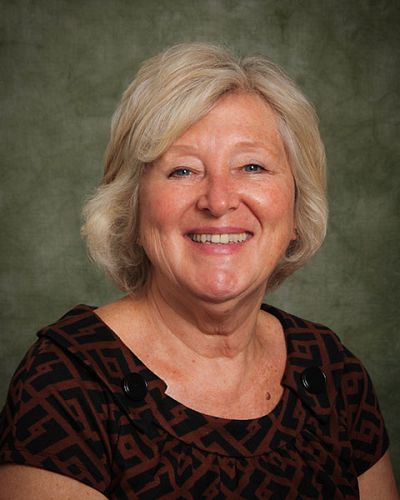
Expert: How to fight summer learning loss in children with active learning experiences
Active learning experiences can help combat learning loss children often experience over the summer, according to Suzanne McLeod from the Department of Teaching, Learning and Educational Leadership at Binghamton University, State University of New York. Summer learning loss, also called…
When mothers and children talk about problems, environment matters
Talking to their parents about daily stressors can help adolescents deal with their problems. This is particularly important during the transition to middle school, when youth often are faced with new peer and academic challenges. But does it matter where these conversations take place? That’s the topic of a new study from the University of Illinois Urbana-Champaign.
Alarming Rise of Electronic Vaping Use in U.S. Adolescents
A study among 57,006 adolescents shows daily electronic vapor use has significantly increased by more than three-and-one-half times from 2015 to 2019. In 2015, daily use was significantly higher in boys (2.8%) than girls (1.1%). By 2021, it was higher in girls (5.6%) than boys (4.5%).
Registration Now Open for Energy Department’s National Science Bowl®
Registration is open for the 34th National Science Bowl® (NSB), hosted by the U.S. Department of Energy (DOE) Office of Science. Thousands of students compete in the contest annually as it has grown into one of the largest academic math and science competitions in the country.
Dr. Carol Nwelue discusses school backpack and playground safety.
Carol Nwelue, MD, at Baylor Scott & White Health, answers common patient questions and reacts to the latest medical research. Why are heavy backpacks potentially dangerous for kids? (SOT@ :14, TRT :30) Are roller bag backpacks a safe choice? (SOT@…
Dr. Carol Nwelue discusses how to keep your kids healthy when going back to school.
Carol Nwelue, MD, at Baylor Scott & White Health, answers common patient questions and reacts to the latest medical research. How can parents keep their kids healthy this back-to-school season? (SOT@ 0:14, TRT 0:34) Why do sicknesses spread easily when…
Research Details Perils of Not Being Attractive or Athletic in Middle School
Life is harder for adolescents who are not attractive or athletic. New research shows low attractive and low athletic youth became increasingly unpopular over the course of a school year, leading to subsequent increases in their loneliness and alcohol misuse. As their unpopularity grows, so do their problems.
FAU Harbor Branch Lands U.S. EPA Grant for ‘Hands-on’ Indian River Lagoon Field Trip
The project will host 125 field trips, which will educate as many as 3,125 socially disadvantaged middle and high school students about Florida’s natural resources and the importance of conserving them.
Copy-cat? Youth with Few Friends Conform to Stay in a Friend’s ‘Good Graces’
What gives one friend influence over another? Considerable attention has focused on who influences whom; much less is known about why one partner is prone to be influenced by the other. A study tested the hypothesis that within a friend dyad, having fewer friends than one’s partner increases susceptibility to influence, because it reduces dissimilarity and promotes compatibility. Results showed that partners with fewer friends were influenced by children with more friends. In each case, the partner with fewer friends became more similar to the partner with more friends. Academic engagement was the only domain where partners with fewer friends also influenced partners with more friends.
STEM fests are back!
Argonne is participating in local STEM fests again after going on hiatus during the pandemic.
Registration Now Open for Energy Department’s National Science Bowl®
Registration is open for the 33rd National Science Bowl® (NSB), hosted by the U.S. Department of Energy (DOE) Office of Science. Thousands of students compete in the contest annually as it has grown into one of the largest academic math and science competitions in the country.
Pandemic Escalated Teen Cyberbullying – Asian Americans Targeted Most
A study of U.S. middle and high school students shows that about 17 percent were cyberbullied in 2016 and 2019, but that proportion rose to 23 percent in 2021. Notably, 19 percent of Asian American youth said they had been cyberbullied, and about 1 in 4 (23.5 percent) indicated they were victimized online because of their race/color. Asian American youth were the only racial group where the majority (59 percent) reported more cyberbullying since the start of the COVID‐19 pandemic. In 2019, Asian American youth were the least likely to have experienced cyberbullying.
Greater Empathy in Adolescents Helps Prevent Bias-based Cyberbullying
Little is known about cyberbullying and empathy, especially as it relates harming or abusing others because of race or religion. A study is the first to examine general cyberbullying, race-based cyberbullying, and religion-based cyberbullying in young adolescents. Results show that the higher a youth scored on empathy, the lower the likelihood that they cyberbullied others. When it came to bias-based cyberbullying, higher levels of total empathy were associated with lower odds of cyberbullying others based on their race or religion.
Natural History Museum of Utah releases Triceratops Traits, a new investigation for middle school science classes
In Triceratops Traits, students work alongside paleontologists to solve an evolutionary mystery by analyzing and interpreting data from the fossil record under the premise that natural laws have operated the same throughout the history of life on Earth to fit 7th grade learning standards in Utah and 6th-8th grades around the U.S.
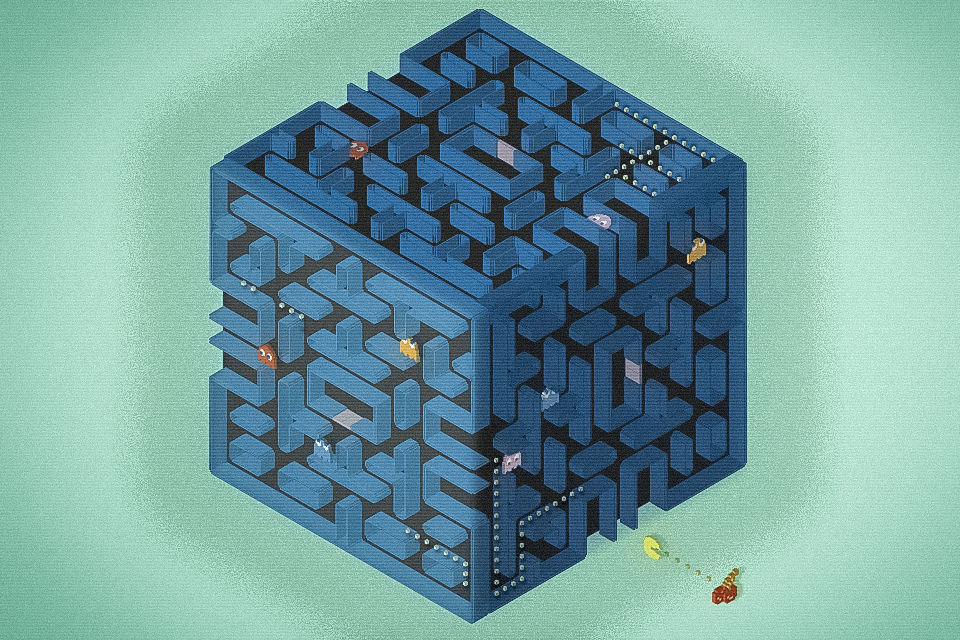
Pac-Man and Picasso: WVU researcher pushes the boundaries of learning in mathematics education
Keri Valentine, an associate professor of mathematics education at West Virginia, has turned to Pac-Man and Picasso as new ways of engaging students in math learning.
Young Teens Should Only Use Recreational Internet and Video Games One Hour Daily, Rutgers Research Suggests
Middle-school aged children who use the internet, social media or video games recreationally for more than an hour each day during the school week have significantly lower grades and test scores, according to a study from the Center for Gambling Studies at Rutgers University-New Brunswick.
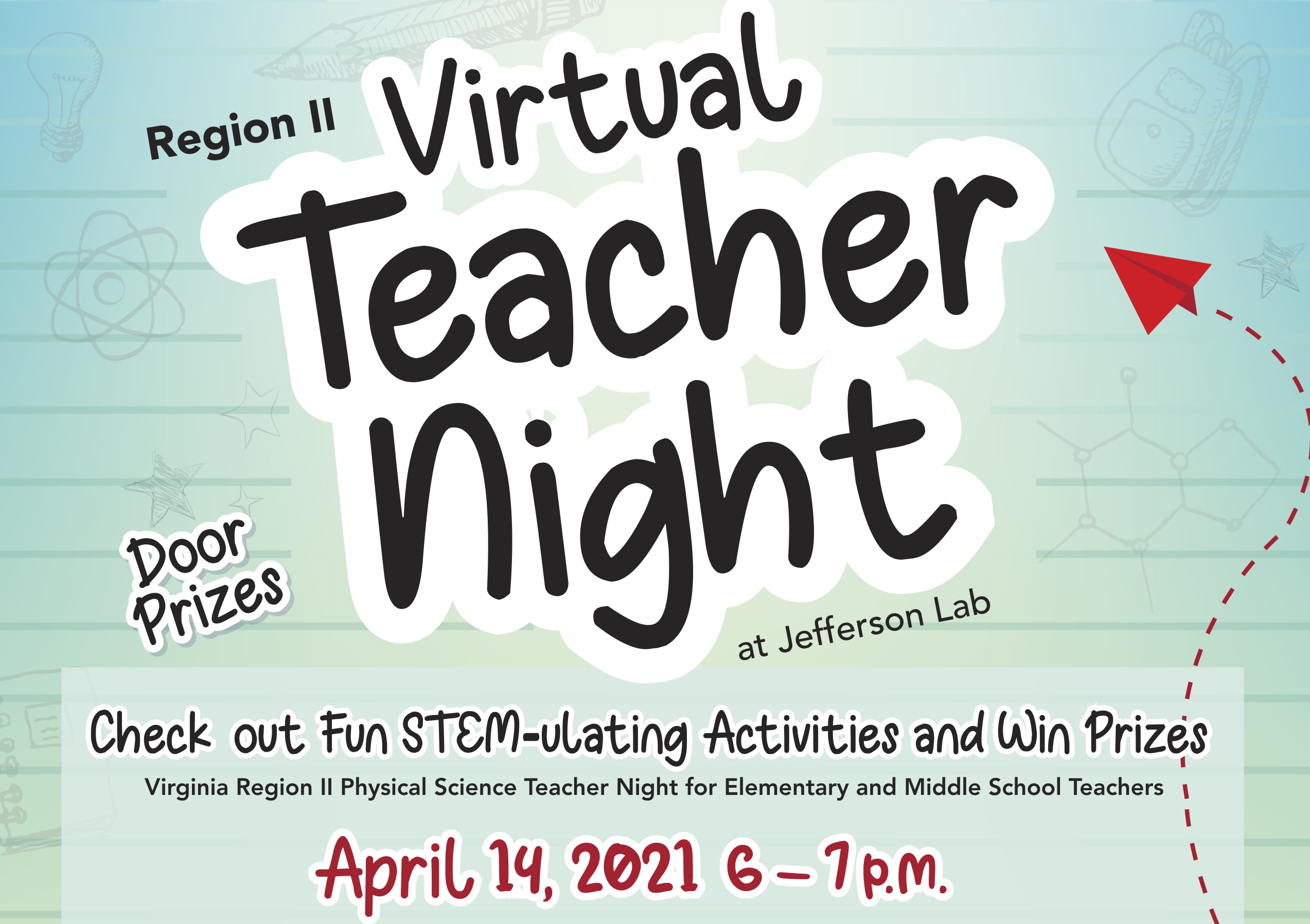
Teachers Invited to Participate in Virtual Science Activities Night
Elementary and middle school teachers are invited to register now to participate in the annual Virginia Region II Teacher Night hosted by the U.S. Department of Energy’s Thomas Jefferson National Accelerator Facility on April 14, 2021. The fully virtual event will allow educators to see demonstrations of new methods for teaching physical science concepts and safely meet and interact with their colleagues, all while they pick up one recertification point from the comfort of their own homes. Advance registration is required, and the event is open to all upper elementary and middle school teachers of physical science.
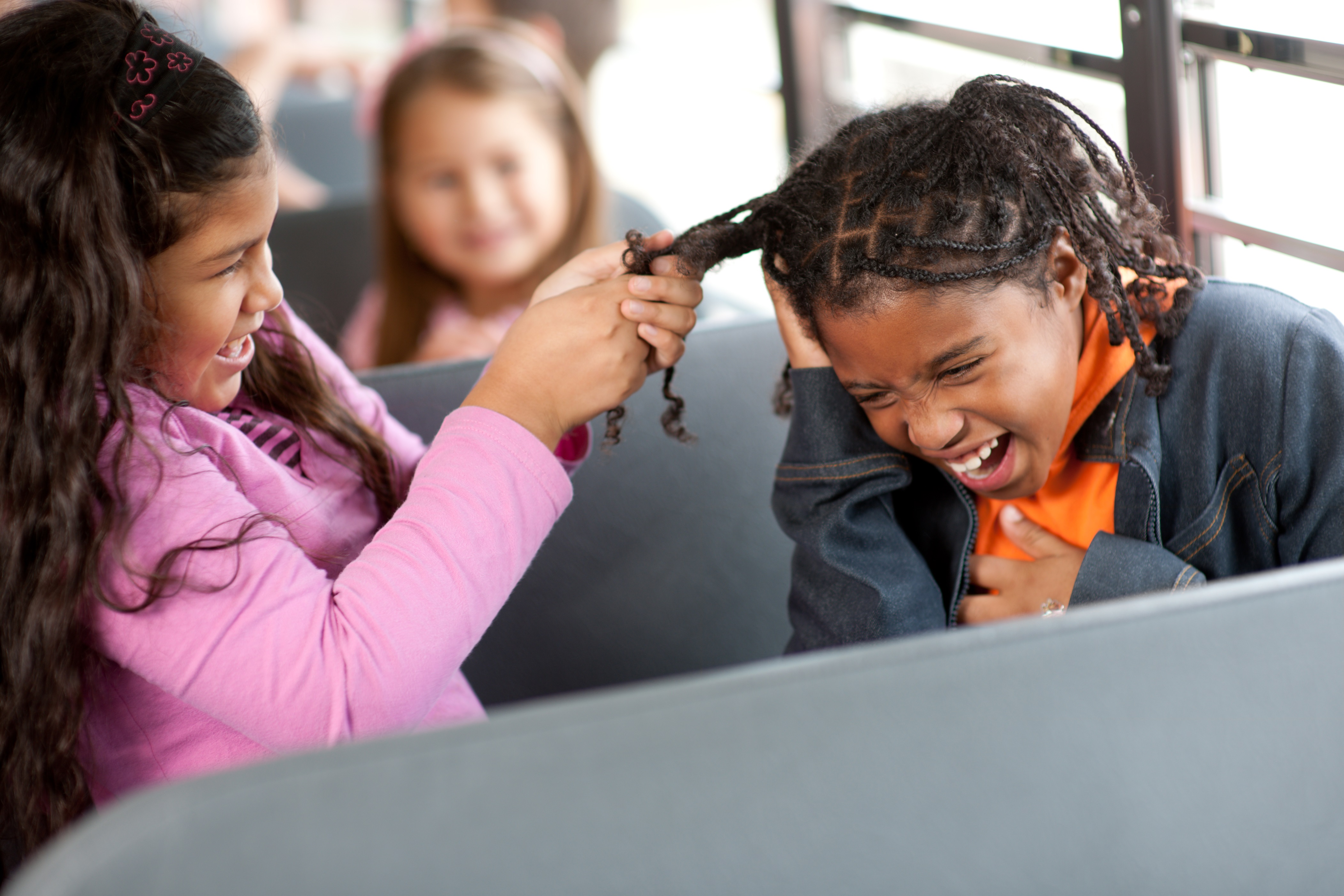
Mean or Nice? These Traits Could Make or Break a Child’s Friendships
While it’s logical to assume that children who are mean have friendships characterized by growing strife and that children who are nice report little of the same, these assumptions haven’t been tested in the real-world friendships. A study of elementary-school children is the first to examine the extent to which being “nice” and being “mean” shape changes in friend perceptions of their relationship. Results confirm the widespread assumption that one child’s behavioral traits drive the other child’s friendship experiences.
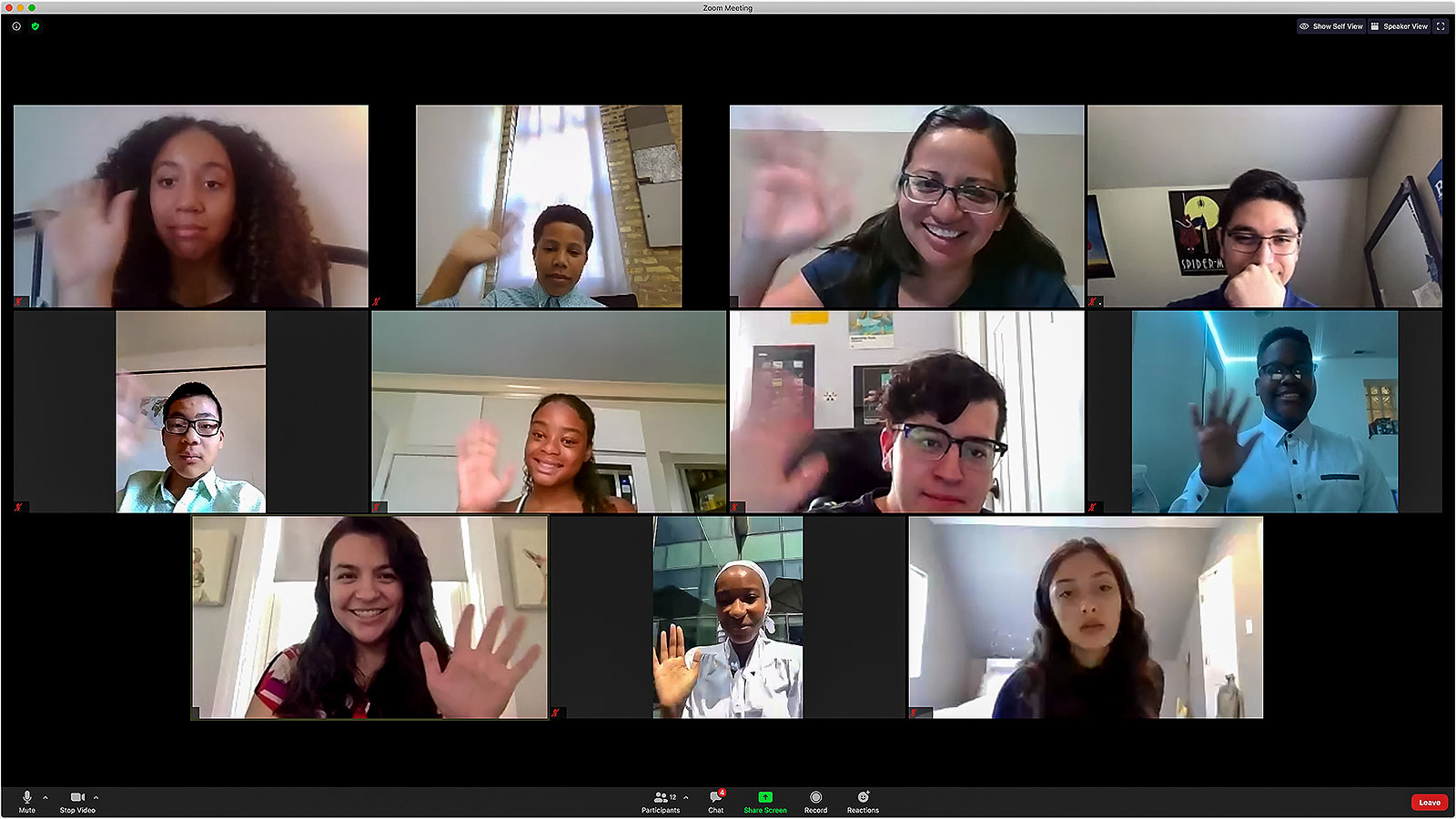
Argonne provides STEM opportunities for more than 800 students during pandemic
The laboratory’s Educational Programs and Outreach department successfully transitioned all of its summer programming to a virtual learning environment.
COVID-19 pandemic could be learning opportunity for middle-grade students
Educators could use the COVID-19 outbreak to help middle-schoolers better understand the world, according to new research from faculty at Binghamton University, State University of New York.
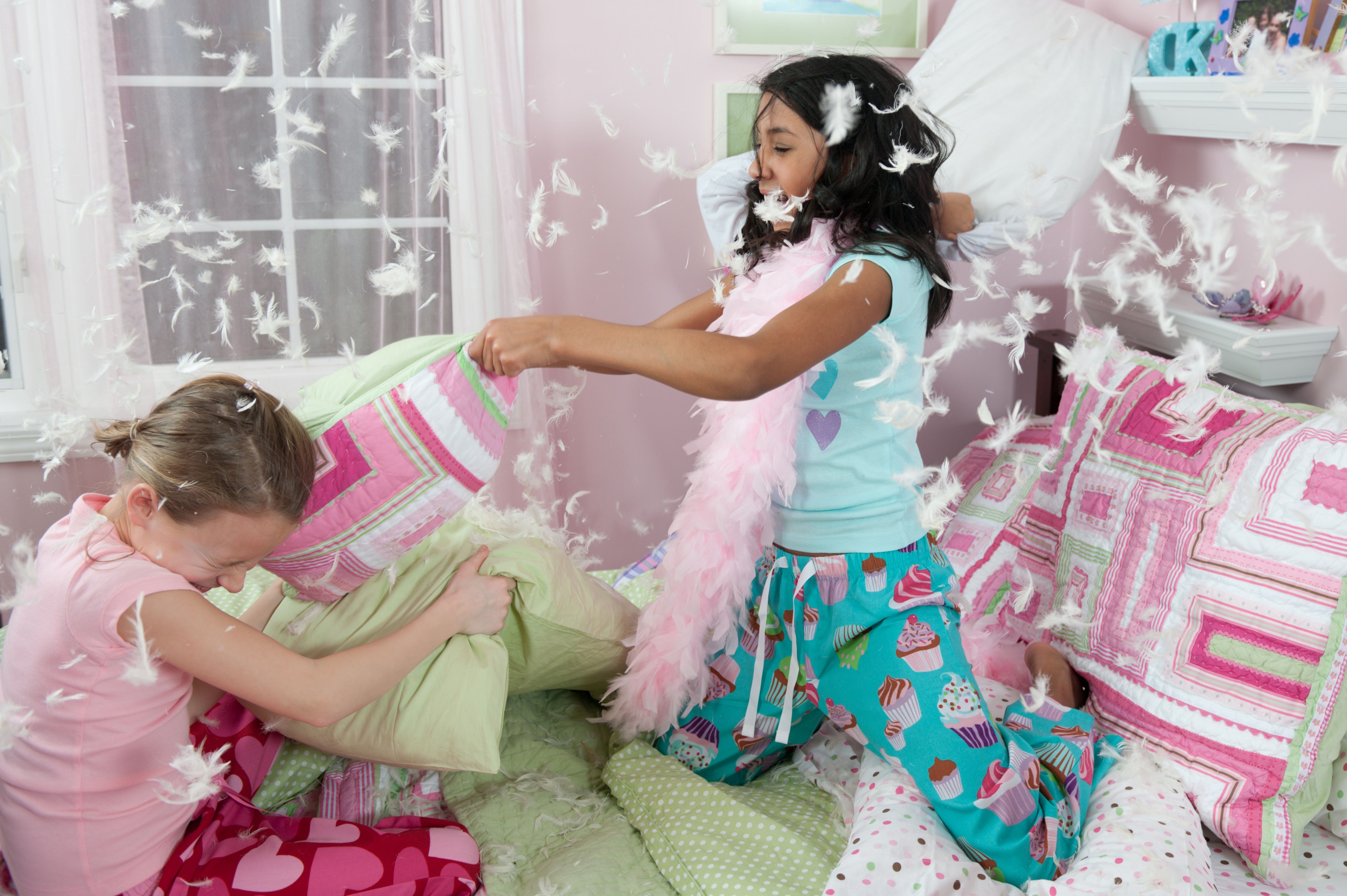
Being Fun is No Laughing Matter
A longitudinal study examined whether children who are well-liked and children who are popular got that way by being fun to hang around with. Results clearly underscore the importance of being fun. Across a two-month period, primary school children perceived by classmates as someone who is fun to be around experienced an increase in the number of classmates who liked them and the number who rated them as popular. In the eyes of peers, “fun begets status and status begets fun.”
Study: Government policies push schools to prioritize creating better test-takers over better people
Personal growth and job skills have taken a backseat to an increased focus on standardized test scores in schools across the nation, according to new University at Buffalo-led research.